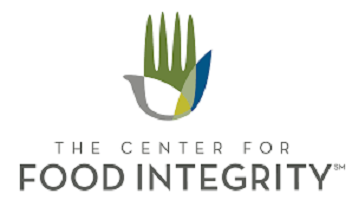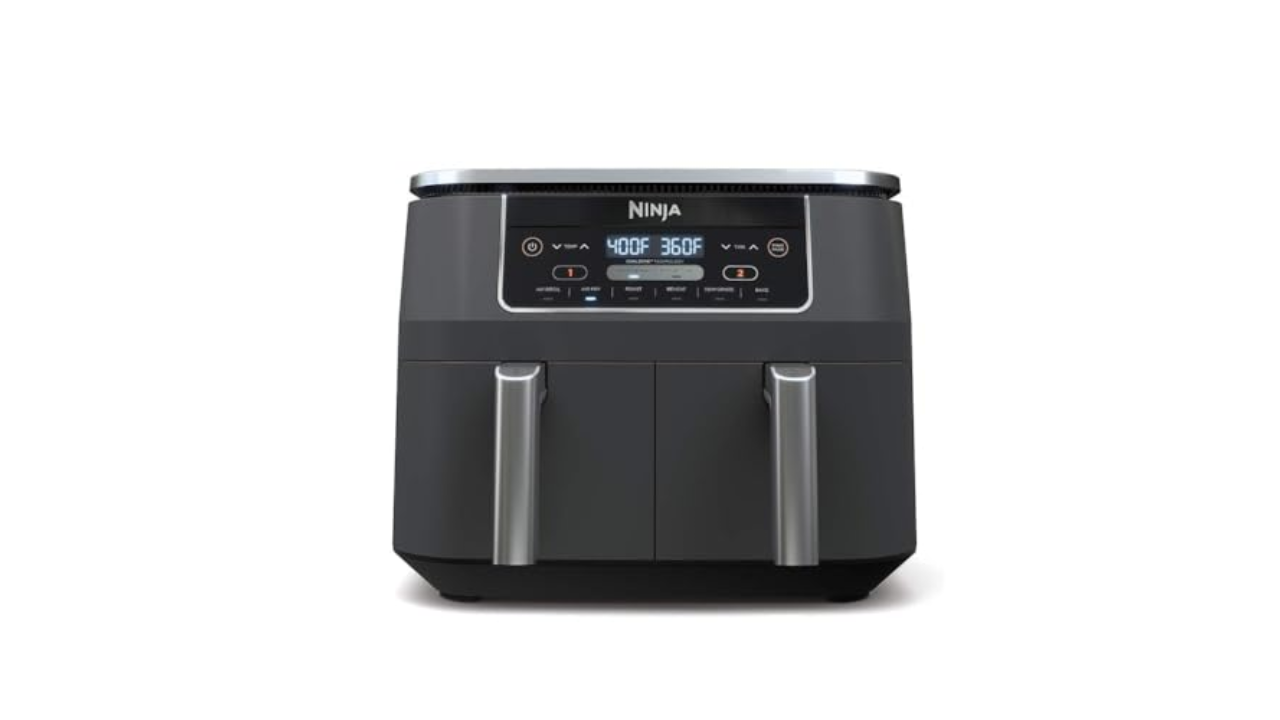
By David Dillon, Global Labeling Solutions Executive at Loftware
Recent recalls in the food industry have prompted a focus on food traceability and regulatory compliance. Foodborne diseases are causing significant issues worldwide and in the US, with approximately 48 million people becoming ill due to this issue every year, highlighting the severity of the problem.
As a result, the Food and Drug Administration (FDA) has given a January 2026 deadline for food organizations to be fully compliant with regulations that are part of the broader FDA Food Safety Modernization Act (FSMA). Section 204 of the regulation first came into effect in January 2023. By 2026, the makers and handlers of food are now responsible for complying with FSMA 204, which outlines certain foods that now require additional recordkeeping requirements, with the goal of the quick identification and removal of potentially contaminated products from the market.
So, how do food manufacturers go about meeting these impending requirements? Effective supply chain transparency and collaboration facilitated through cloud technologies will have an important role to play.
Leveraging cloud automation
It’s crucial for companies to collect data across their supply chain to make improvements and better plan for the future. Having cloud infrastructure in place permits firms to have their supply chain fully connected with speed, flexibility, and centralization.
The recent surge of intelligent technologies in food and beverage supply chain management holds immense promise for operational enhancement in the coming years. Leveraging cloud automation with artificial intelligence (AI) offers organizations the opportunity to further automate complex tasks, enhance product identification, and improve overall efficiency. Moreover, businesses must embrace cloud automation to help them navigate the complexities of the modern business environment and ensure future success.
While the Cloud and AI can help futureproof supply chains, it is also essential to recognize and address the challenges to effective AI integration, such as data accessibility and strategic planning. This underscores the need for collaborative efforts within the food supply chain.
Keeping up with evolving FSMA 204 requirements
Depending on the size of a company and the complexity of their supply chain, the impact of the new FSMA 204 standards will vary. Once these regulations are officially in place, organizations will need to find the right cloud solution for them to ensure compliance.
FSMA standards may start to evolve quickly, particularly regarding how often firms will have to make label changes concerning new flavors and changing ingredients. The importance of having an automated cloud labeling platform is undeniable as it will allow firms to meet complex variability, saving them a great deal of time and money. More importantly, it will allow businesses to comply with this and other regulations — including Natasha’s Law and 21 CFR Part 11 — and assist them in avoiding any potential safety issues, recalls, or financial penalties.
Ultimately, cloud-based labeling offers the visibility required for traceability and enables the swift identification of associated product lines to provide effective solutions, which will be vital for companies of all sizes once the regulation is implemented.
Future-proofing supply chains
It’s clear that cloud automation can grant firms the opportunity to easily comply with current and upcoming food regulations. Moreover, the Cloud offers many other benefits that firms desire, making the enhancement of supply chain health a far less strenuous task. As many businesses start moving towards compliance with the new FSMA regulation, they have the opportunity to achieve the FDA’s long-term goal of end-to-end traceability in the food industry.
 David Dillon is a Global Labeling Solutions Executive at Loftware and specializes in managing global software projects in the food and beverage, apparel, and garment tagging industries. Before joining Loftware, David worked in print and apply automation for a global thermal printer manufacturer.
David Dillon is a Global Labeling Solutions Executive at Loftware and specializes in managing global software projects in the food and beverage, apparel, and garment tagging industries. Before joining Loftware, David worked in print and apply automation for a global thermal printer manufacturer.

Credit: Source link






![[Guide] 5 Reasons Your Business Does or Doesn’t need an ESOP [Guide] 5 Reasons Your Business Does or Doesn’t need an ESOP](https://foodindustryexecutive.com/wp-content/uploads/2024/08/Food-Industry-Executive-696x457.png)





